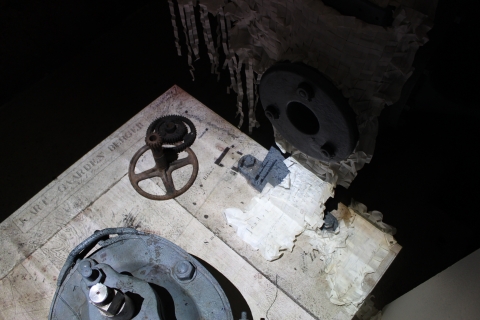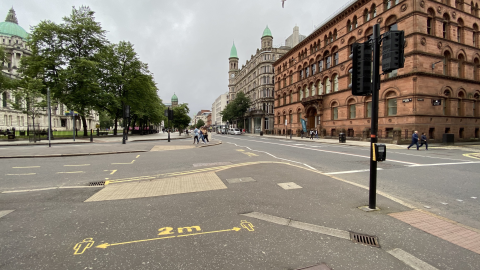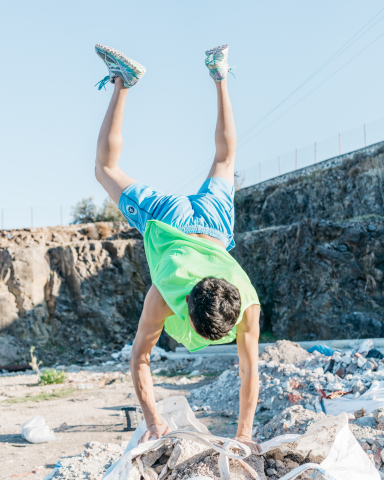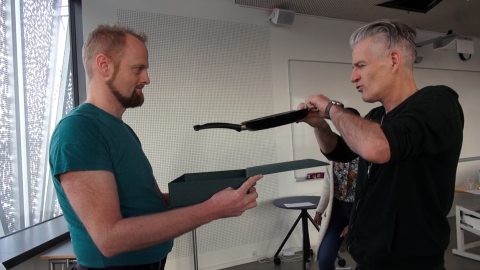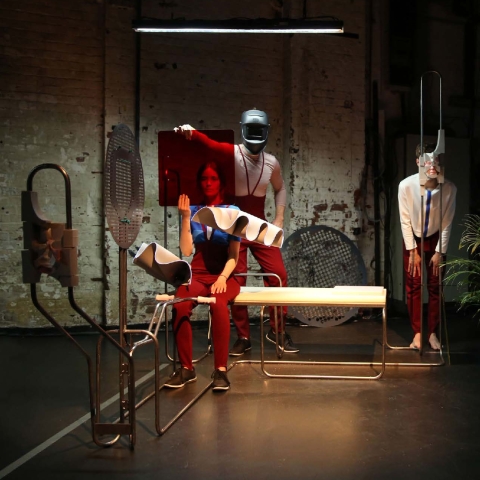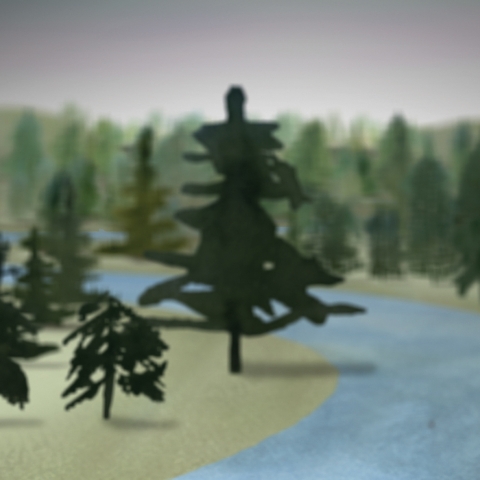Editorial
Expositions are imaginary objects. Even when they are made physically, for instance, on the computer when preparing a submission to JAR, they only work when the elements making up what is assembled come together in a particular form. On its own, each element may offer numerous points of entry and meanings, but in a specific, expositional constellation it supports an image, understanding or sense, even, that can be quite different to what each element on its own can offer. It seems that, generally, aesthetic objects have this kind of quality.
In principle, it is not a problem to inject text into this, but certain modes of writing seem to restrict rather than contribute to an emergent imaginary object. Here, it is not so much the academic that seems to be the problem. References, contexts, research questions, methodologies – they may all support and enrich imaginary objects, just as they do in the sciences. However, when text contains propositions that explain other, audio-visual elements some form of unspoken, artistic contract seems violated. However true a statement may be, by spelling it out, we risk fixing something and placing it in specific service against what else might otherwise be possible.
Nowhere is this more apparent than when we move from results, through a discussion to a conclusion. In fact, it seems, at the end of a process of articulation, it is the job of the conclusion to exchange whatever imaginary object we may have gained into a literal, factual one. However, in research, do we need conclusions? Rather than suggesting to get rid of conclusions in artistic research altogether, it is perhaps important to look at their function in more detail. Conclusions not only flatten imaginary objects, but in doing so, they also clarify them; offering a cognitive and communicative handle to otherwise complex issues. Could it be that, as long as research stays artistic, everything can take a written form but the conclusion?
If such artistic conclusions were to bring together (con-) without closing off (-cludere) it seems that their place need not be at the end of a passage, but that they could, or even should, be maintained throughout. In effect, expositions always ‘conclude’ albeit differently as well as with different density and intensity. Arguably, in terms of art, the most important place for a conclusion is the beginning since it is here where an exposition’s imaginary object is first suggested, projecting what is to come and how sense may be made. On this basis, it may be said that from the onset an exposition enters a game of explication and implication, shaping and detailing the imaginary object along the way.
It appears crucial that something symbolic is offered at the beginning and the end, as well as at other important moments of an exposition, that is, that the imaginary object is not without (specific) form. In fact, it could be interesting to analyse specifically occurrences of the symbolic within expositional work and, from an authors’ perspective, to improve where necessary or possible their form. From a readers’ perspective it would be interesting to analyse how these moments of image, understanding or sense, not only replace the more conventional conclusion but also how they can be retained, recalled and connected in other contexts.
However, layers of the symbolic are not only relevant within expositions, expositions as forms for artistic research are also highly symbolic in themselves. Both, the sciences and arts have historically developed specific types of objects that are recognizable also on a symbolic level: beyond what the objects themselves deliver, it is what you have to do to gain professional recognition. What is asked of artistic researchers e.g. in examination situations or in research presentations overall is to disrupt the scientific – you are an artist after all – as well as the artistic – what you do must count as research. This is precisely where artistic research finds itself also institutionally between the art school and the university. Looking back, the last few decades of artistic research could be characterized as a phase of symbolic uncertainty. How do artistic research and artistic researchers become recognizable, if they, symbolically, do not fit the one or the other expectation?
At this point in time, rather than anticipating singular solutions, both on a personal and institutional level, of what it looks like to do artistic research, it seems more helpful to see artistic research engaging and utilising the symbolic in much wider way. Artistic researchers can be observed shifting back and forth between, as well as in and out of, possible, symbolic forms for their research where each seems there for a specific purpose never encapsulating the totality of their work. Expositions – and this would be their own quasi-symbolic quality – allow for a multitude of forms, when, for instance, pages of artistic presentation are interspaced with pages of academic or reflective writing with the caveat that there is no ideal distribution of form, no formal blueprint for successful expositions, only the sense that the exposition as imaginary object is achieved (or not).
Michael Schwab
Editor-in-Chief

